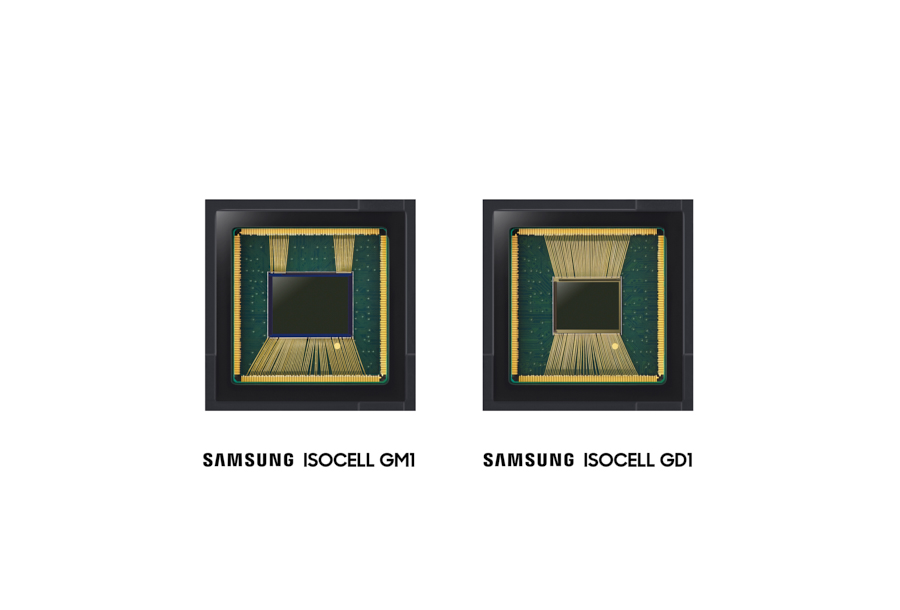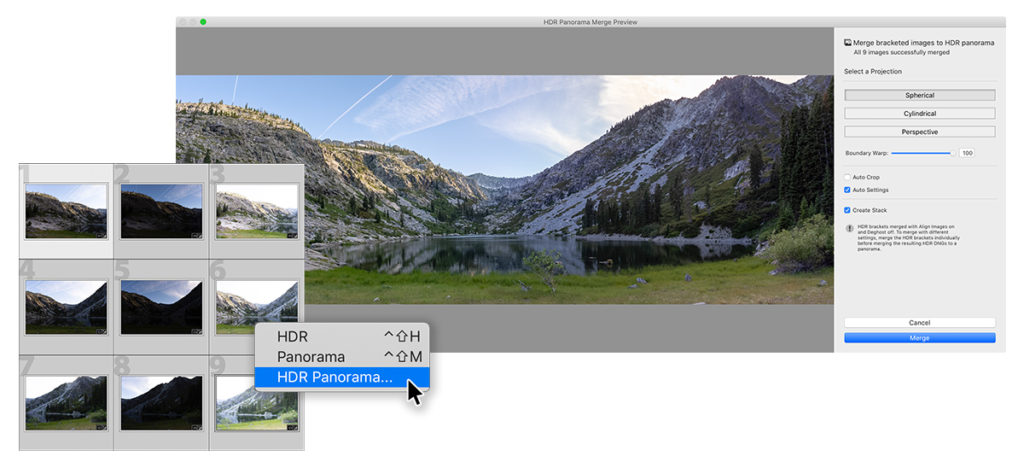
Adobe announces update to version 8.0 of Lightroom Classic CC
At Adobe MAX 2018 in Los Angeles Adobe previewed Lightroom Classic CC version 8.0. Not to be confused with the recently introduced the cloud- and desktop- based Lightroom CC (now at version 2.0), Lightroom Classic CC is the familiar desktop-only version of the app, and is still the go-to option for enthusiasts and imaging professionals.
New to this release is a highly practical and time saving HDR Panorama merge feature, that combines what was previously a two-stage process into one. This option allows both bracketed and overlapping frames with the maximal dynamic range to be stitched together to form wide or ultra-wide perspectives. It’s also available in the lastest update to Adobe Camera Raw.
Also new to Lightroom Classic CC only are several new features when making Local Adjustments. These include color and luminance range masking for precise color and tone-based selections and a new Depth Range Masking tool. It uses depth information from a seperate image channel in the newly supported HEIC file format used by smartphones when masking and applying blur in their so-called bokeh or defocus modes. It’s not a completely automated process like it is in your smartphone, however, you still have to make an initial masking selection as a local adjustment using a brush or graduated/radial filter. When complete, the mask can be refined by depth with fall-off that can be used with selective adjustments to replicate shading for example.
Adobe has also announced a substantial and much-needed increase in speed and stability with tethered capture for Canon cameras. Adobe claim in the region of 1.5-2.0x improvement in file transfer time. Similar refinements for Nikon cameras are promised in an upcoming but as yet unspecified release.
New camera releases supported by this October 2018 release include the Canon EOS R, Fujifilm GFX50S/50R and the Nikon Z 7. The Z 6 is not currently supported. Adobe has also added four new lens profiles, including the Canon RF 24-105mm F4 L IS USM.
In the meantime, you can find a comprehensive list of all of the changes made to Lightroom Classic CC at Adobe’s website.


